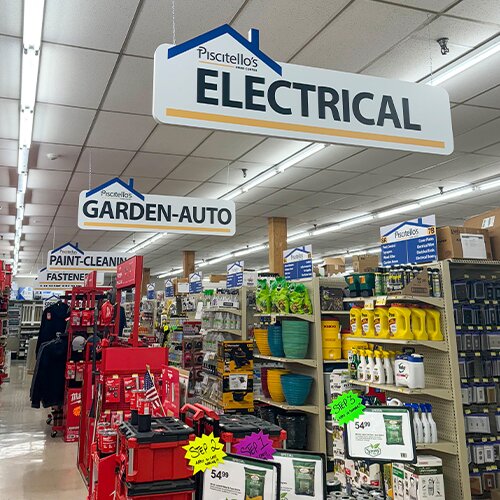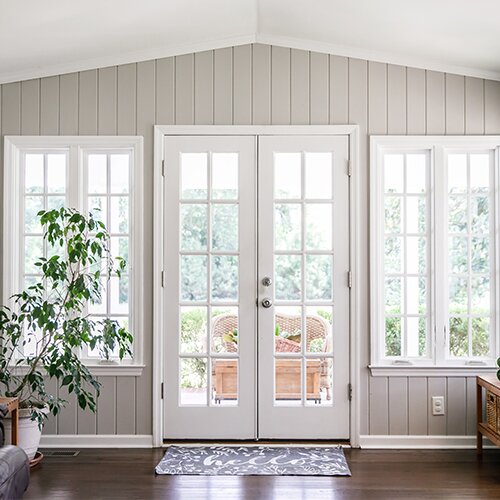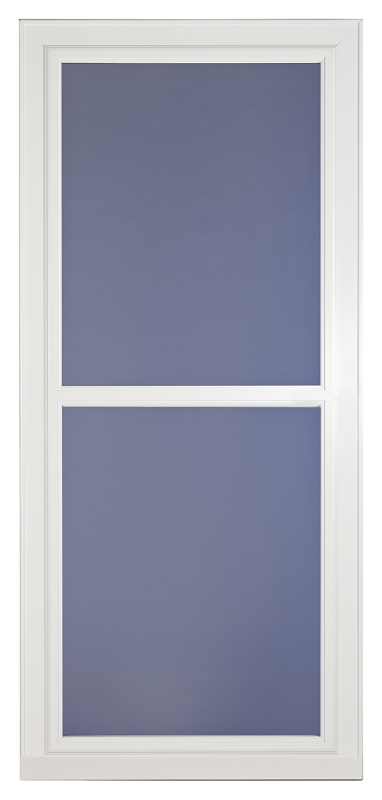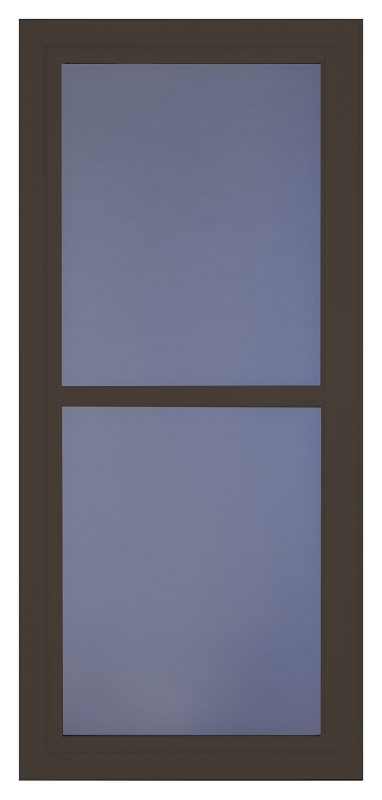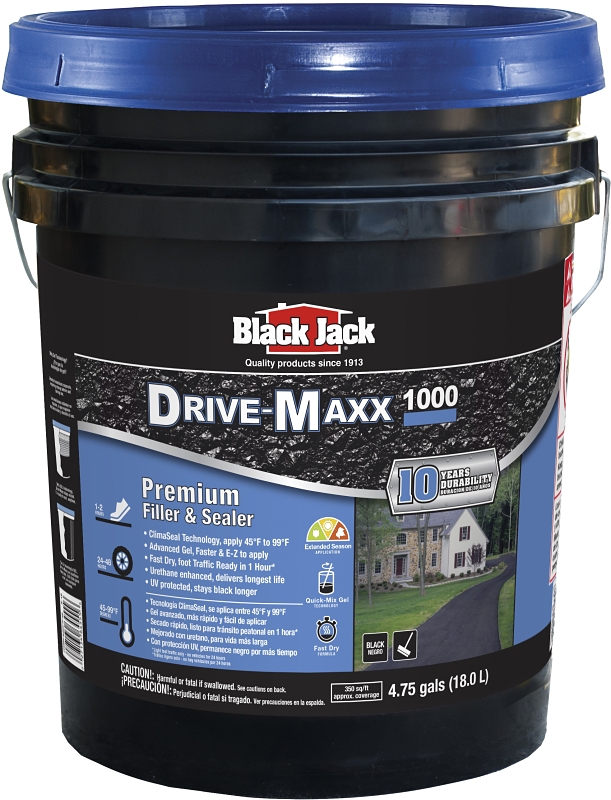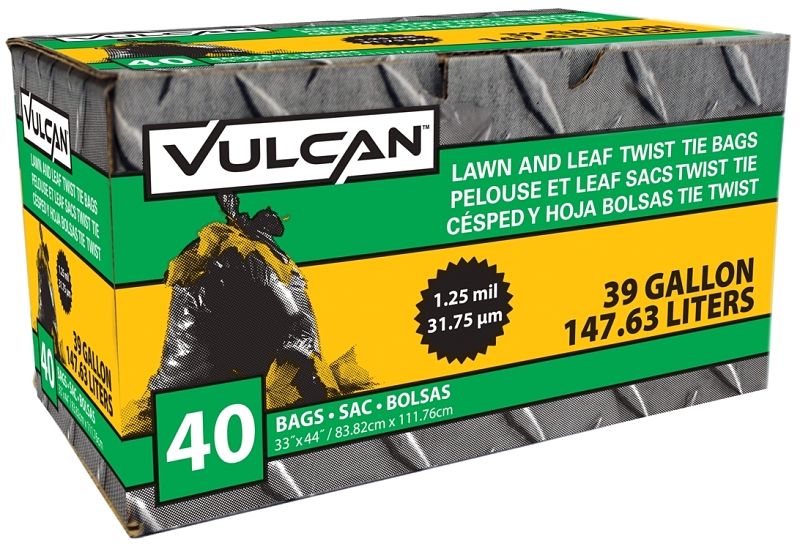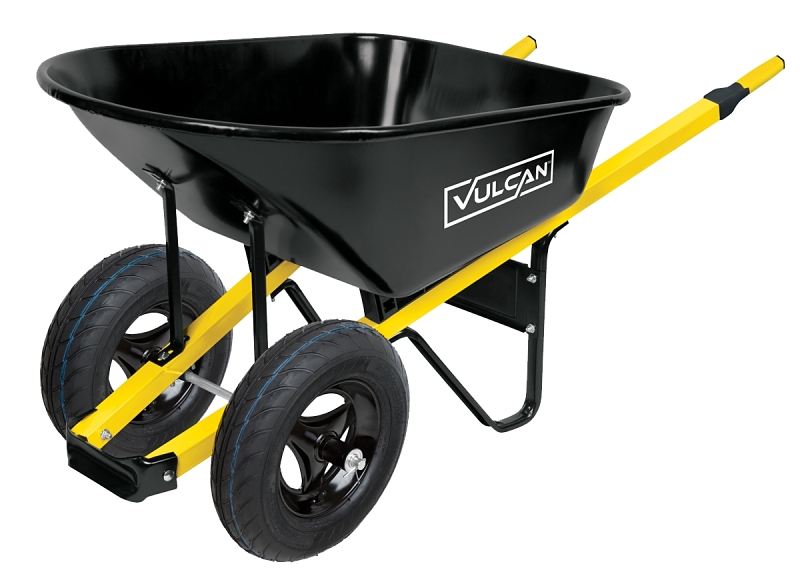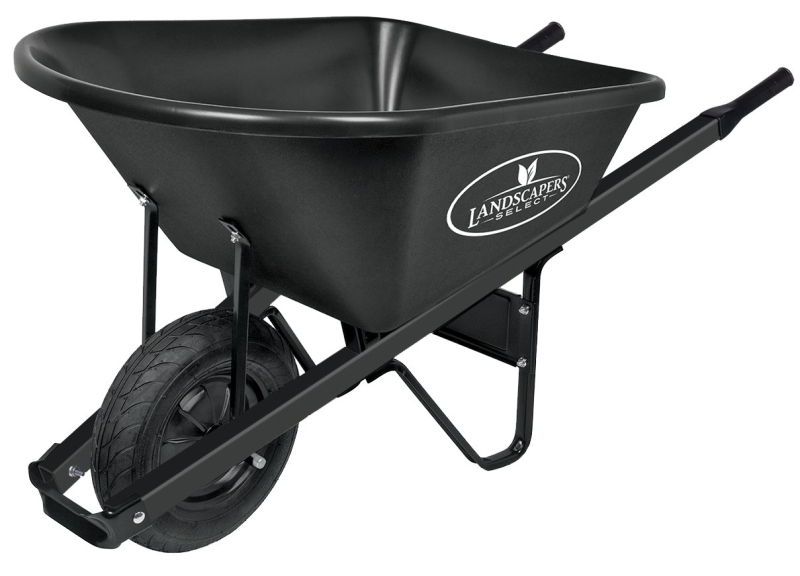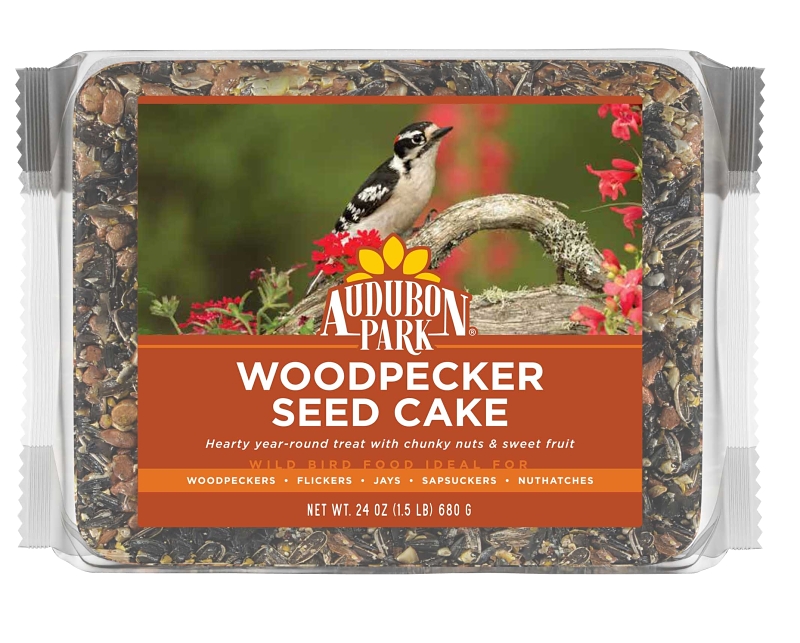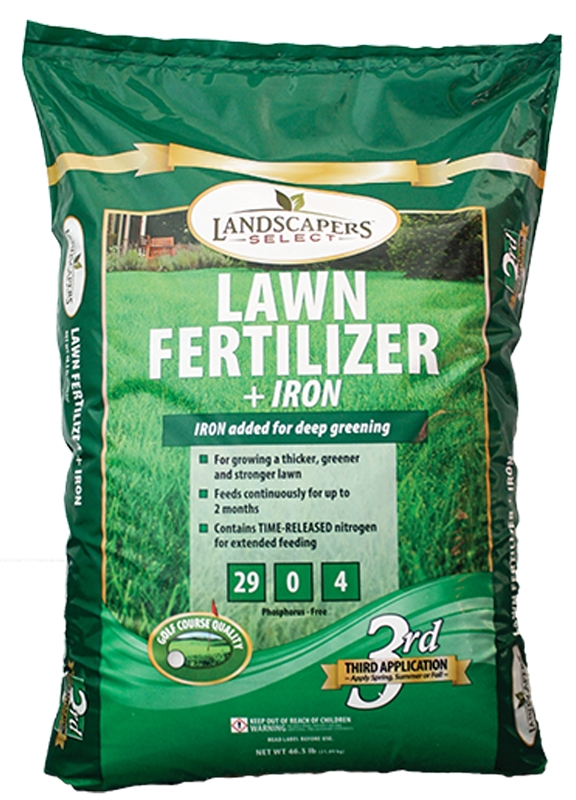Kitchen and Bathroom Design in Easton, PA and Surrounding Areas
Welcome to Piscitello's Home Center
Since 1958, Piscitello’s Home Center has been serving the people of the Lehigh Valley and Western New Jersey. As a family-run business with over 200 years of combined expertise, we pride ourselves on treating our customers like the friends and neighbors they are. We take our time with each customer and give them the personalized service so rarely found today. Whether you're looking for home improvement supplies, building supplies, doors, windows, kitchen and bath supplies, or more, our store has the supplies you need! Visit us in Easton, PA to find what you need with expert help.
In addition, we offer design services for kitchens and bathrooms in Easton, PA, and surrounding areas. For a personalized experience, give our team a call!
Family-Run
Piscitello's Home Center is a family-run hardware store that has been trusted by PA and Western New Jersey since 1958. Our high-quality products, friendly staff, and reliable services make us the company for hardware supplies and bathroom design Easton, PA, and Phillipsburg, NJ trust. Whether you know exactly what you need or would like advice on the best tool for your project, we've got you covered.
Personalized Customer Service
We'll provide you with personalized advice tailored to your level of expertise and project needs. For example, if you are starting a brand-new bathroom design in Easton, PA, our team will guide you on the right materials, tools, and equipment to make your design. Visit our store or give us a call to get started!
Committed to Our Community
We are committed to serving our local community. We do our best to help our friends and family members in the community. We always support them as much as possible. If you are thinking about starting a new kitchen or bathroom design in Phillipsburg, NJ or the surrounding area, contact Piscitello's Home Center, located in Easton, PA!



